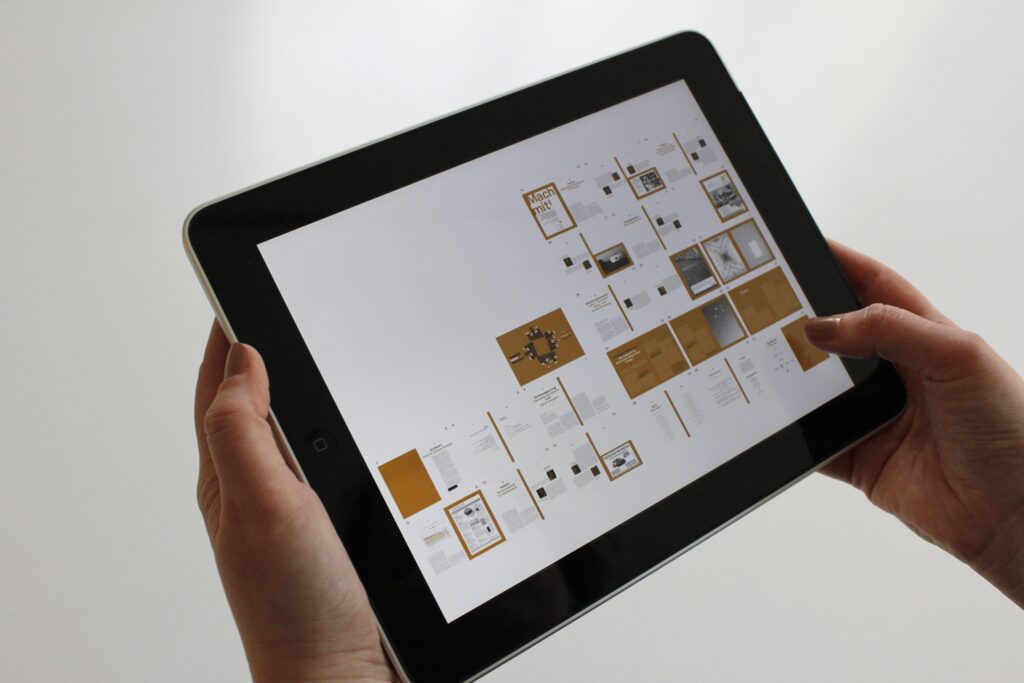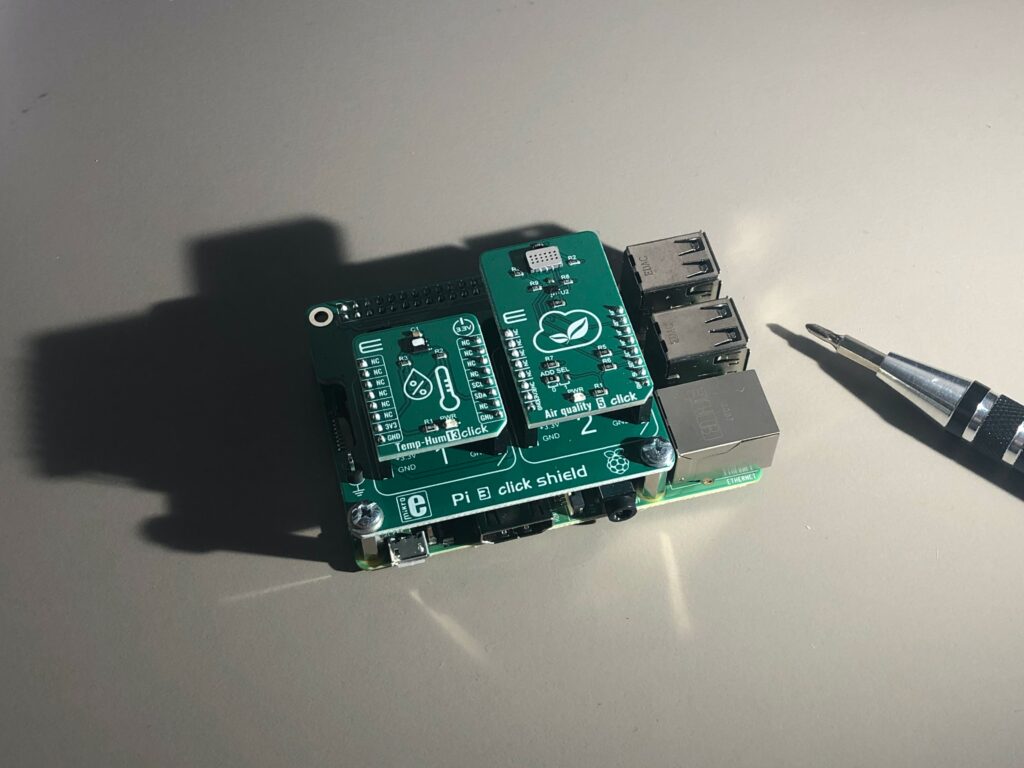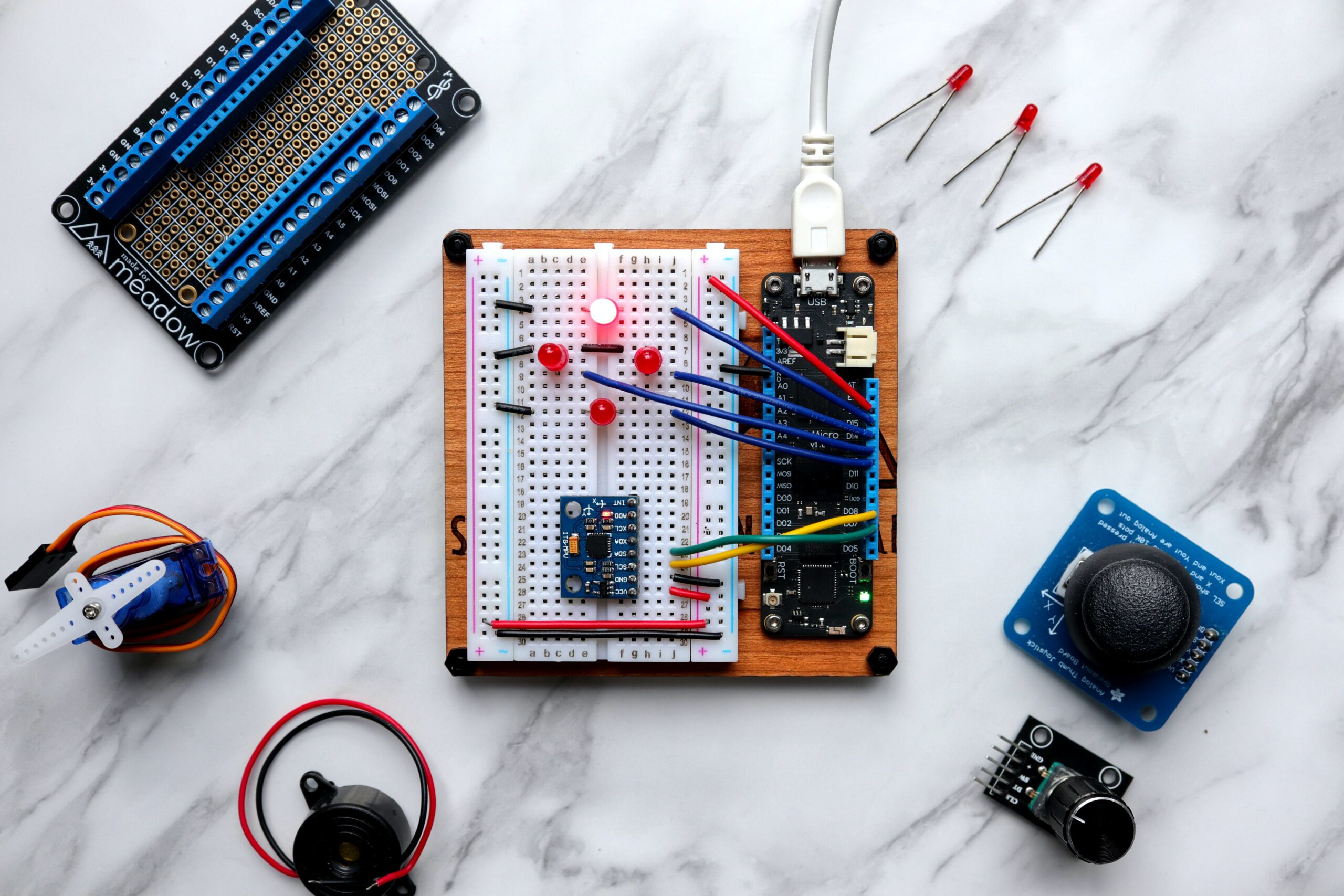In today’s interconnected world, the Internet of Things (IoT) has emerged as a revolutionary technology that is transforming various industries and the way we live our lives. IoT refers to the network of physical devices, vehicles, appliances, and other objects embedded with sensors, software, and connectivity, enabling them to collect and exchange data. In this blog post, we will explore the fundamentals of IoT, its applications, benefits, and potential challenges.
What is IoT?

The Internet of Things (IoT) is a concept that describes the connection of everyday objects to the Internet and to each other. These objects, commonly referred to as “smart devices,” are equipped with sensors and can communicate and share data through wireless networks. This connectivity allows them to gather information, analyze it, and take action based on the insights derived from the data.
Why IOT is so important?
The importance of IoT lies in its ability to enable seamless connectivity and data exchange between devices, which in turn unlocks valuable insights. This data-driven approach empowers businesses to make informed decisions, optimize processes, and create personalized experiences for customers. Additionally, IoT drives efficiency by automating tasks, streamlining operations, and optimizing resource allocation.
Whether it’s in smart factories or smart homes, IoT devices have the capability to monitor energy usage, manage inventory, and automate routine processes, resulting in significant cost savings and increased productivity. Moreover, IoT applications enhance safety across various domains.
By leveraging connected sensors, workplaces can monitor environments, detect hazards, and ensure compliance with safety protocols. In the healthcare sector, IoT devices facilitate remote patient health monitoring, enabling early intervention and improved outcomes. Overall, IoT’s seamless connectivity, efficiency-boosting capabilities, and safety enhancements make it a pivotal technology in driving innovation and transforming industries.
How does IoT work?

IoT operates through a three-step process: sensing, processing, and action. First, sensors embedded in IoT devices collect data from their surroundings, such as temperature, light, motion, or other relevant parameters. Next, the collected data is processed and analyzed either locally on the device or in the cloud, using sophisticated algorithms and machine learning techniques. Finally, based on the analysis, IoT devices can trigger actions, such as adjusting settings, sending alerts, or initiating automated processes.
Applications of IoT
The potential applications of IoT are vast and diverse, spanning across industries. Here are a few notable examples:
- Smart Homes: IoT enables homeowners to control and automate various aspects of their homes, including lighting, security systems, temperature, and appliances, through voice commands or smartphone applications.
- Industrial IoT (IIoT): In industrial settings, IoT can optimize processes, monitor equipment health, track inventory, and enable predictive maintenance, leading to increased efficiency and reduced downtime.
- Healthcare: IoT devices can monitor patient vital signs, provide remote healthcare services, track medication adherence, and even enable telemedicine, bringing healthcare services closer to patients’ homes.
- Transportation: IoT is revolutionizing transportation with connected cars, smart traffic management systems, and vehicle-to-vehicle communication, enhancing safety and efficiency on the roads.
Benefits of IoT
IoT offers several benefits that contribute to its widespread adoption:
- Improved Efficiency: IoT enables automation and optimization of processes, leading to increased productivity and reduced costs.
- Enhanced Decision-Making: The vast amount of data collected by IoT devices provides valuable insights for informed decision-making and improved business strategies.
- Convenience and Comfort: IoT applications in homes and cities enhance daily life by providing convenience, comfort, and personalized experiences.
- Safety and Security: IoT devices can enhance safety through early warning systems, remote monitoring, and improved security measures.
Challenges and Concerns

While IoT presents numerous opportunities, there are also challenges and concerns to address:
- Privacy and Data Security: Collecting and sharing sensitive data raises concerns about privacy and security. Ensuring robust data protection measures is crucial to maintain user trust.
- Interoperability: With a wide range of IoT devices and platforms available, interoperability and standardization become essential to enable seamless integration and communication between devices.
- Scalability and Infrastructure: As the number of IoT devices continues to grow, scalable infrastructure and network capacity must be in place to handle the increased data traffic and connectivity requirements.
- Ethical Considerations: IoT raises ethical questions regarding data usage, consent, and potential misuse. Establishing clear guidelines and ethical frameworks is necessary to ensure responsible IoT deployment.
Conclusion
The Internet of Things (IoT) is revolutionizing the way we interact with our surroundings, providing unprecedented connectivity and automation. Understanding the basics of IoT is crucial as it becomes increasingly pervasive
FAQs
How does IoT impact privacy and data security?
IoT raises concerns about privacy and data security due to the collection and sharing of sensitive information. Implementing robust encryption, authentication measures, and regular security updates are essential to address these concerns.
Can I use IoT devices without an internet connection?
While IoT devices typically rely on internet connectivity for full functionality, some devices can operate locally or within a limited network environment. However, internet connectivity is often necessary for data exchange and remote control features.
What are the main challenges in implementing IoT solutions?
Common challenges in IoT implementation include ensuring data security, addressing interoperability issues between devices and platforms, scaling the infrastructure to handle increasing device connectivity, and establishing ethical guidelines for responsible data usage.
How is IoT different from traditional automation systems?
Traditional automation systems often operate within closed environments, whereas IoT extends connectivity to a vast array of devices via the Internet. IoT devices can collect, exchange, and analyze data, enabling more sophisticated automation, remote monitoring, and control capabilities.
Are there any limitations or risks associated with IoT adoption?
IoT adoption comes with certain limitations and risks, including potential privacy breaches, increased vulnerability to cyber threats, and reliance on stable internet connectivity. Ensuring proper security measures, staying informed about emerging threats, and conducting regular risk assessments can help mitigate these risks.

